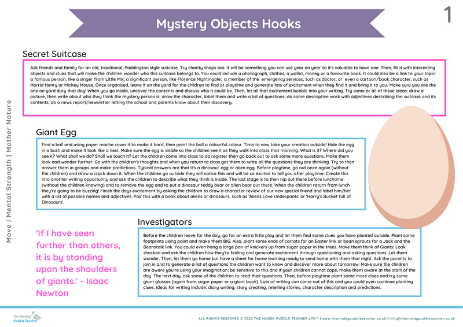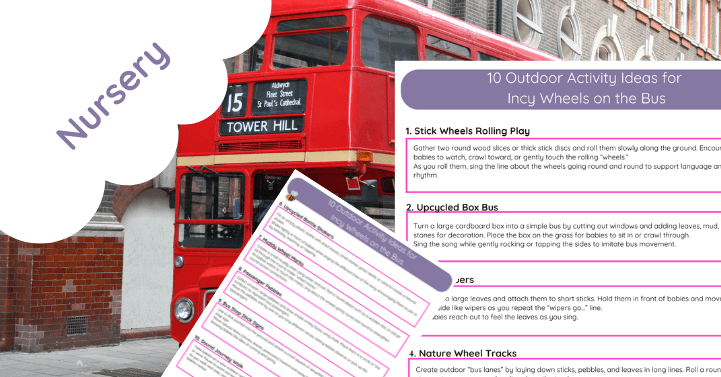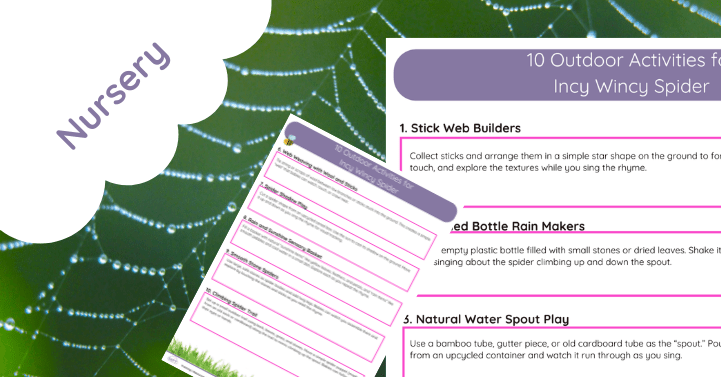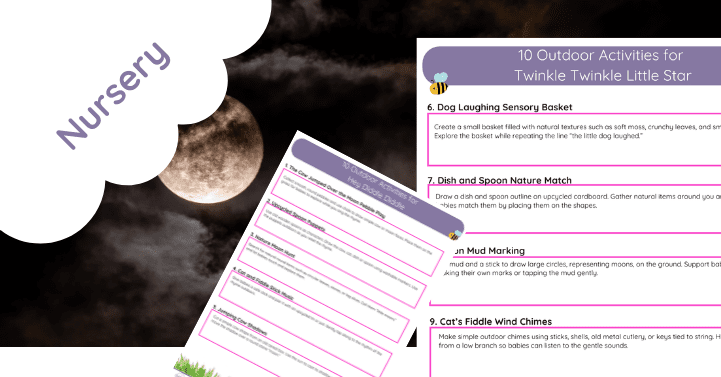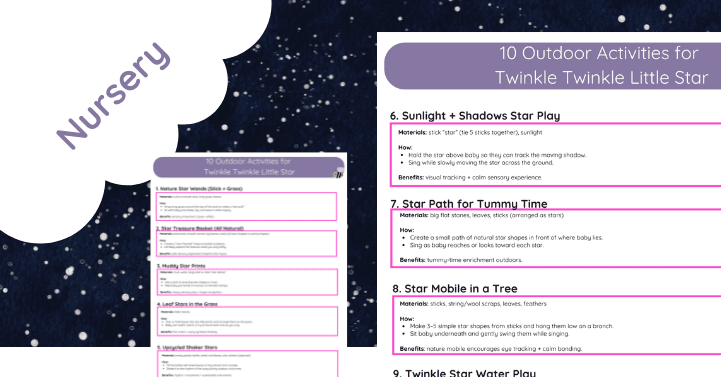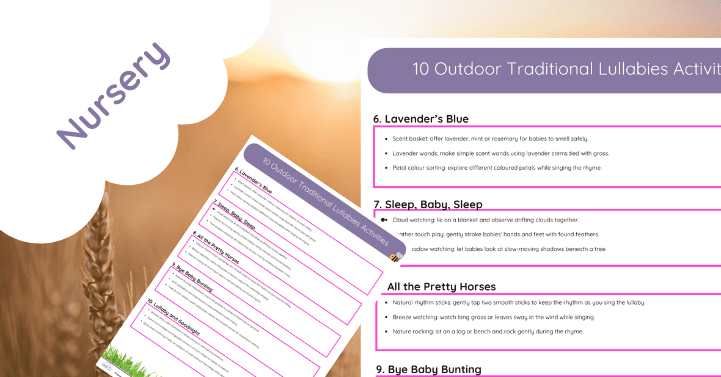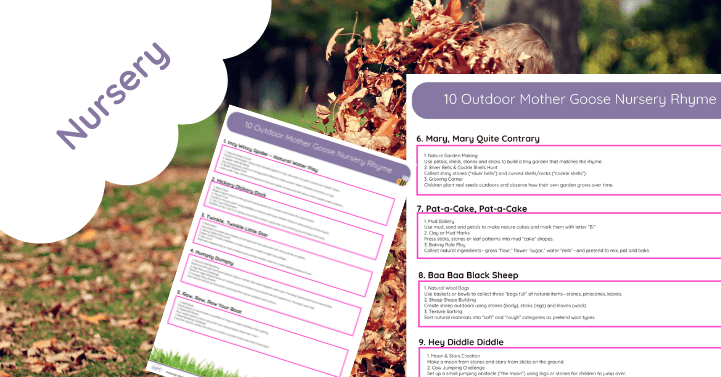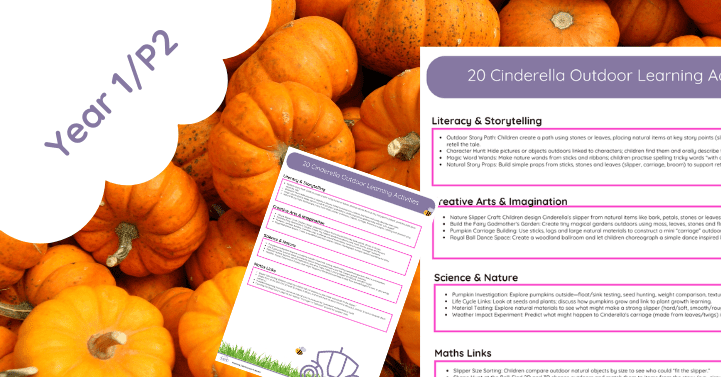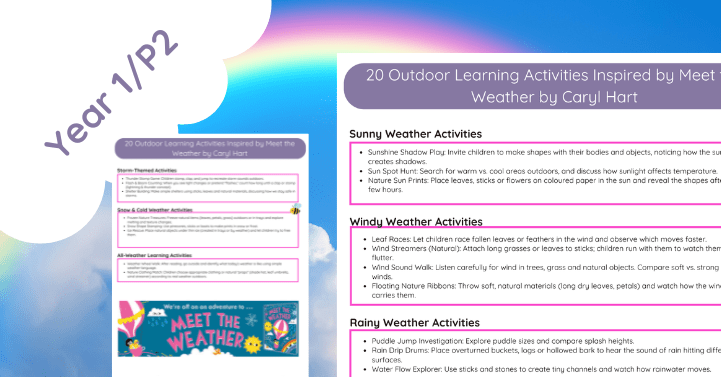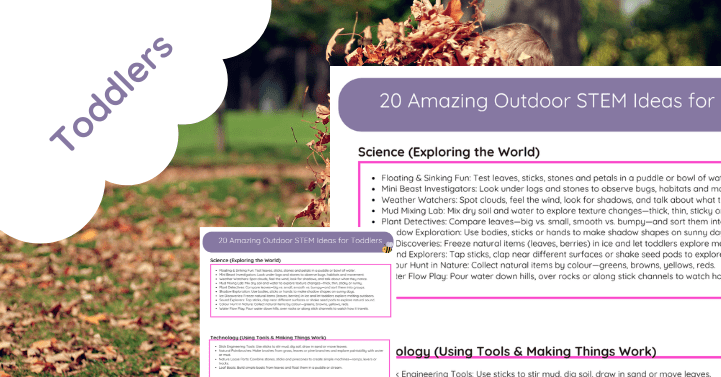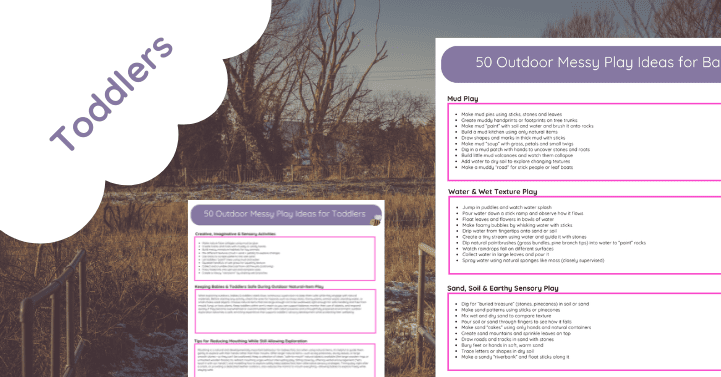Outdoor Writing Areas for EYFS: Creative Hooks to Engage Young Writers
Creating an outdoor writing area for Early Years Foundation Stage (EYFS) children can significantly enhance their learning experience by integrating nature into their literacy development. Outdoor environments provide unique stimuli that can inspire creativity, improve concentration, and make learning more engaging. This blog post explores the benefits of outdoor writing areas and offers practical hooks to captivate young writers.
Benefits of Outdoor Writing Areas
Enhanced Creativity and Imagination
Outdoor settings offer diverse sensory experiences that can spark children’s creativity and imagination. The sights, sounds, and smells of nature provide endless writing prompts and storytelling ideas.
- Stimulates Creative Thinking: Natural environments inspire descriptive and imaginative writing. Explore creative outdoor activities.
- Encourages Expressive Language: Describing natural scenes helps children expand their vocabulary. Learn more about the benefits of outdoor learning.
Improved Concentration and Focus
Being in nature can help children concentrate better and engage more deeply with their tasks. Fresh air and natural surroundings reduce stress and increase mental clarity.
- Boosts Attention Span: Outdoor activities improve children’s focus and engagement. Read about the benefits of outdoor play.
- Promotes Calmness: Nature exposure has calming effects that enhance learning. Discover how nature impacts mental health.
Physical and Mental Well-being
Outdoor writing activities combine physical movement with learning, promoting overall well-being. Children can move freely, reducing restlessness and improving physical fitness.
- Encourages Physical Activity: Integrating movement with learning supports health. Learn about physical activity guidelines.
- Reduces Stress: Outdoor play helps lower cortisol levels, reducing stress. Understand the impact of nature on health.
Setting Up an Outdoor Writing Area
Choosing the Right Location
Select a safe, accessible area in your outdoor space where children can sit comfortably and write. Ensure the area is shaded and equipped with seating options like benches, tree stumps, or portable chairs.
- Ideal Locations: Look for areas with varied natural elements to stimulate imagination. Find tips for setting up outdoor classrooms.
Providing Essential Materials
Stock the writing area with a variety of materials such as notebooks, clipboards, pencils, crayons, and markers. Use waterproof materials and containers to protect supplies from the elements.
- Necessary Supplies: Ensure materials are easily accessible and regularly replenished. Explore outdoor writing materials.
Incorporating Natural Elements
Use natural elements like leaves, twigs, and stones in writing activities. These items can serve as creative prompts or be part of the writing process.
- Using Nature as Inspiration: Natural objects can inspire unique writing tasks. Learn about nature-inspired writing activities.
Creating Engaging Writing Hooks
Develop exciting writing prompts that relate to the outdoor environment. Use surroundings to inspire descriptive writing, storytelling, and poetry.
- Sample Prompts: “Describe the journey of a leaf falling from a tree” or “Write a story about a bug you find.”
Displaying Children’s Work
Create a space to display children’s writing, such as a washing line with pegs, a bulletin board, or a designated wall. Celebrating their work encourages pride and motivation.
- Showcasing Work: Displaying writing helps children feel valued and motivated. Ideas for displaying children’s work.
Engaging Writing Activities for the Outdoor Area
Nature Journaling
Encourage children to keep a nature journal where they can write about their observations, draw pictures, and note interesting finds.
- Benefits of Nature Journals: Journaling enhances observation skills and descriptive writing. Learn more about nature journaling.
Story Stones
Use stones painted with various images as story prompts. Children can pick stones and use the images to create stories.
- How to Use Story Stones: Story stones are great tools for creative writing. Make your own story stones.
Sensory Writing
Incorporate sensory experiences by encouraging children to write about what they smell, hear, see, and feel in the outdoor environment.
- Sensory Activities: Sensory writing helps children use descriptive language. Explore sensory writing activities.
Collaborative Writing
Set up group writing activities where children can collaborate on a story or a poem. This promotes teamwork and communication skills.
- Group Writing Tips: Collaborative writing fosters social skills and creativity. Collaborative writing ideas.
Internal Links for More Ideas
- EYFS Outdoor Learning Resources
- KS1 Outdoor Learning Resources
- KS2 Outdoor Learning Resources
- CPD Teacher Training
- Contact Us
Additional Resources
For further inspiration and detailed guides, explore the following links:
- Forest School Association
- Learning Through Landscapes
- Outdoor Classroom Day
- Children & Nature Network
- National Wildlife Federation
- Project Learning Tree
- The Nature Conservancy
- Green Schoolyards America
- Nature Play SA
- Earth Force
- Eco-Schools
- Global Outdoor Learning Initiative
- NatureBridge
- Natural Start Alliance
- Wildlife Trusts
Conclusion
Creating an outdoor writing area for EYFS is a wonderful way to engage young learners in writing while connecting them with nature. By providing a stimulating environment, diverse writing materials, and creative prompts, you can foster a love for writing and the outdoors in children. For more resources and ideas, visit The Muddy Puddle Teacher’s website and join our community dedicated to enhancing outdoor learning experiences.


